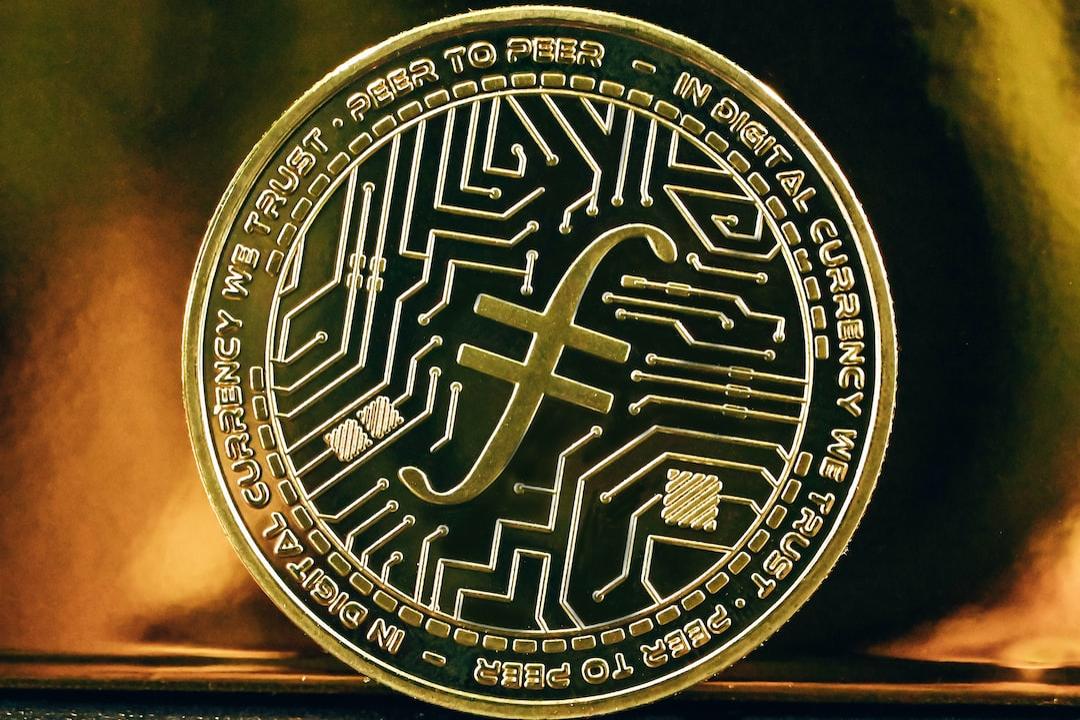2024 Q2 dApp Report
The dApp industry showed exceptional performance in the second quarter of 2024. Since the beginning of the year, it has witnessed a series of positive developments and continues to trend upwards with no signs of slowing down. This optimism is reflected more in fundamental metrics and user engagement rather than token prices. Bitcoin, for instance, has declined by 12% since the end of the first quarter of 2024. This article focuses not on token prices but on analyzing broader prospects, understanding user behaviors, and trends within the ecosystem.
Key Points:
– Usage in the dApp industry grew by 40% compared to the previous quarter, with daily Unique Active Wallets (UAW) reaching 10 million.
– The social sector excelled in Web3, with UAW increasing by 66% to 1.9 million.
– DeFi’s Total Value Locked (TVL) decreased by 4% from the previous quarter to $1.68 trillion.
– Linea made significant strides in DeFi with a TVL of $1.1 billion, marking a 420% growth.
– NFTs had their best quarter since Q1 2023, with transaction volume soaring from $149 million to $4 billion.
Despite the overall positive market performance, vulnerabilities and losses due to hacker attacks totaled $430 million, a 5% increase from the previous quarter.
1. Record High dApp Usage
The second quarter of 2024 was remarkable for dApps, setting a new record for Unique Active Wallets (UAW). There are now 10 million UAWs interacting with dApps daily, marking a 40% increase compared to the previous quarter.
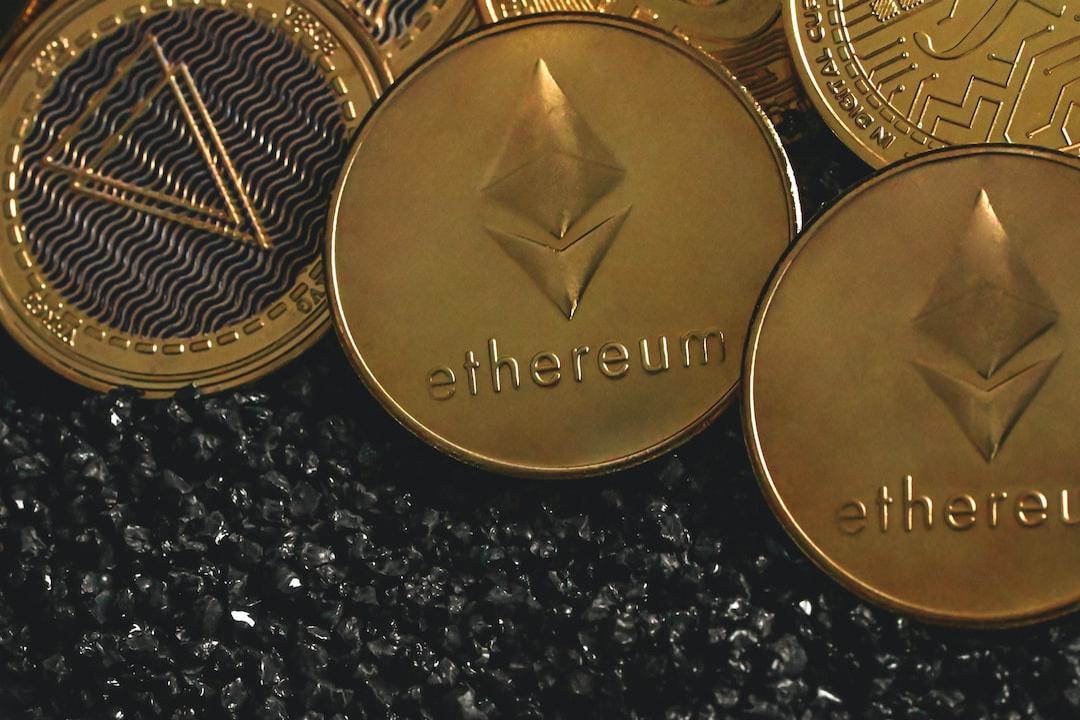
Every segment of dApps experienced significant growth, driving overall optimism. The social sector saw the most notable increase, growing by 66% since last quarter, averaging nearly 2 million UAWs daily. This surge is largely driven by excitement around current Web3 participation, with popular dApps like fantasy.top and UXLINK garnering considerable attention and usage.
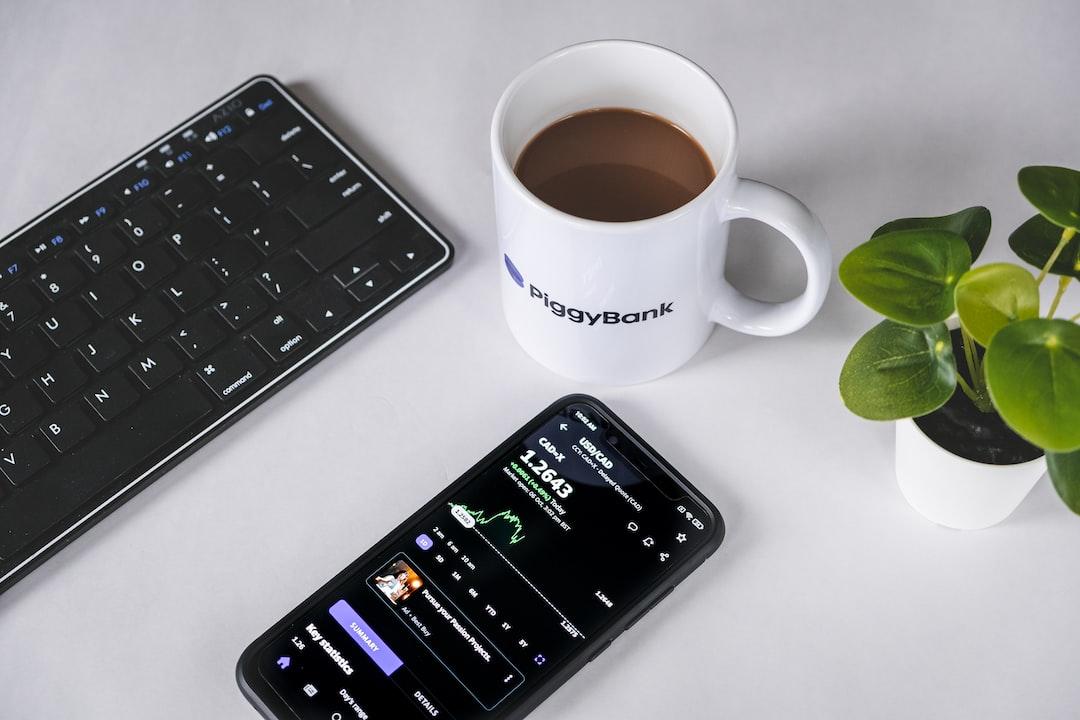
Blockchain gaming continued to dominate dApps, albeit with a slight decrease in market share (2%) compared to the previous quarter, similar to DeFi. In contrast, NFTs and the social sector saw increased market shares, becoming the primary trends in Q2 2024.
Overall, the market sentiment this quarter has been bullish, setting a positive tone for deeper explorations into specific blockchain verticals.
2. DeFi TVL Slightly Decreases to $1.68 Trillion
In the second quarter of 2024, DeFi’s Total Value Locked (TVL) experienced a decline, dropping from $1.75 trillion in Q1 to $1.68 trillion by the end of Q2.
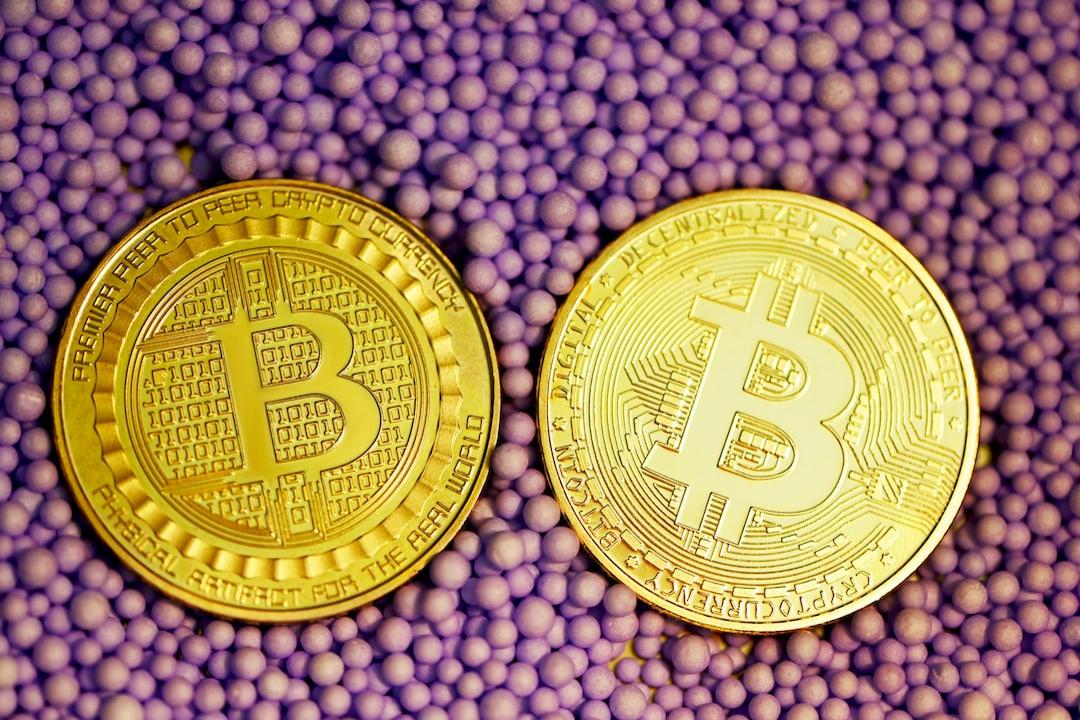
Ethereum continued to lead the DeFi sector, reaching a TVL of $1.2 trillion in Q2 2024, a 9% increase from Q1. Solana’s TVL decreased by 10% to $9.6 billion, primarily due to meme coins outperforming this quarter compared to the last. However, meme coin enthusiasm has since waned.
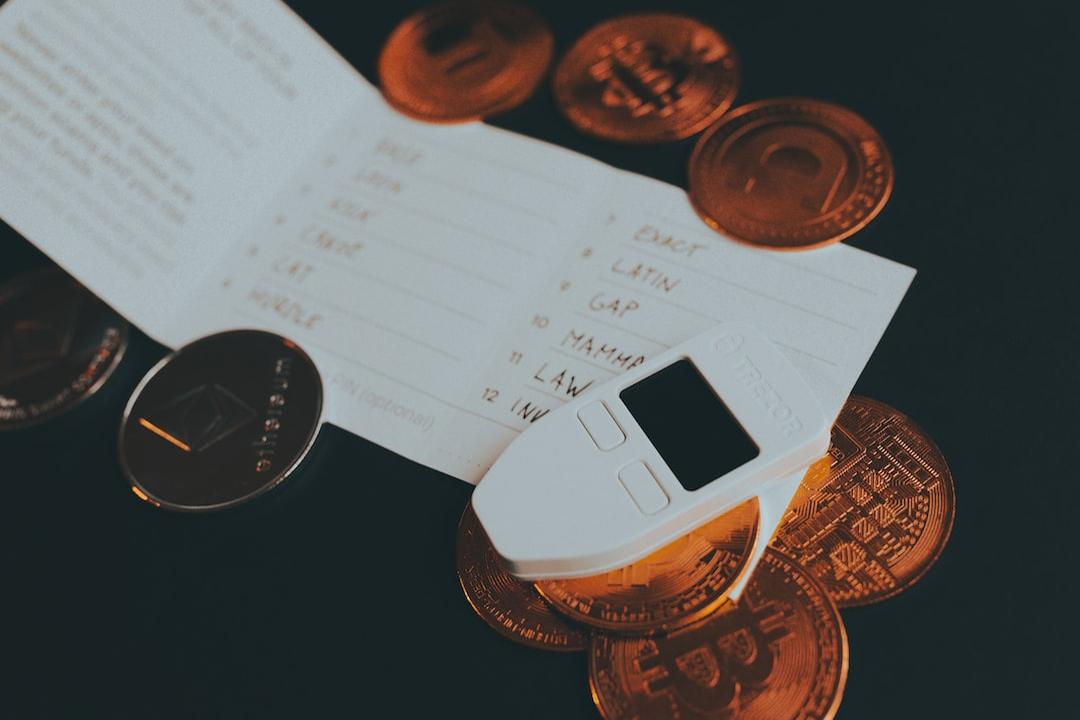
Tron saw a more significant decline with a 17% drop in TVL to $8 billion, largely due to regulatory concerns. Similarly, Arbitrum’s TVL decreased by 9% to $4 billion amid intense competition from other Layer2 networks and alternative Layer1 solutions.
In contrast, Base showed outstanding performance with a 44% TVL increase to $1.9 billion. The chain’s innovative approach, strong community support, and strategic partnerships played a crucial role in its development. Linea also demonstrated remarkable growth, with its TVL skyrocketing by 420% to $1 billion, driven by innovative DeFi applications, strategic alliances, and airdrop mining campaigns. Linea is one of the few L2s without a native token.
Raydium and Uniswap V3 saw the largest increases in UAW among the most used DeFi dApps this quarter, primarily due to their involvement in meme coin trading. This trend dominated the quarter, with most users actively trading meme coins.
3. NFT: Best Quarter Since Early 2023
The NFT market maintained its upward trend in Q2 2024. NFT transaction volume reached $4 billion, a 3.7% increase, while transaction count grew by 28% to 14.9 million.

NFT Market Landscape
Looking at the overall NFT market, Blur continued to dominate with a 31% market share, although this ratio decreased by 50% from the previous quarter. Magic Eden followed closely, achieving success with BTC Ordinals, increasing its market share from 17% to 22%. In terms of transaction volume and market dominance, OpenSea ranked third, leading with a 12% market share in transaction volume.

Top NFT Series by Transaction Volume
The top five NFT series by transaction volume this quarter remained largely unchanged from the previous quarter, except for Runestone and fantasy.top, both of which enjoyed incredible success and popularity in Q2 2024.
4. Security Insights: Vulnerabilities and Hacks
Vulnerabilities and hacker attacks in the Web3 industry remain a significant concern. Losses due to security vulnerabilities totaled $430 million in Q2 2024, a 5% increase from the previous quarter.
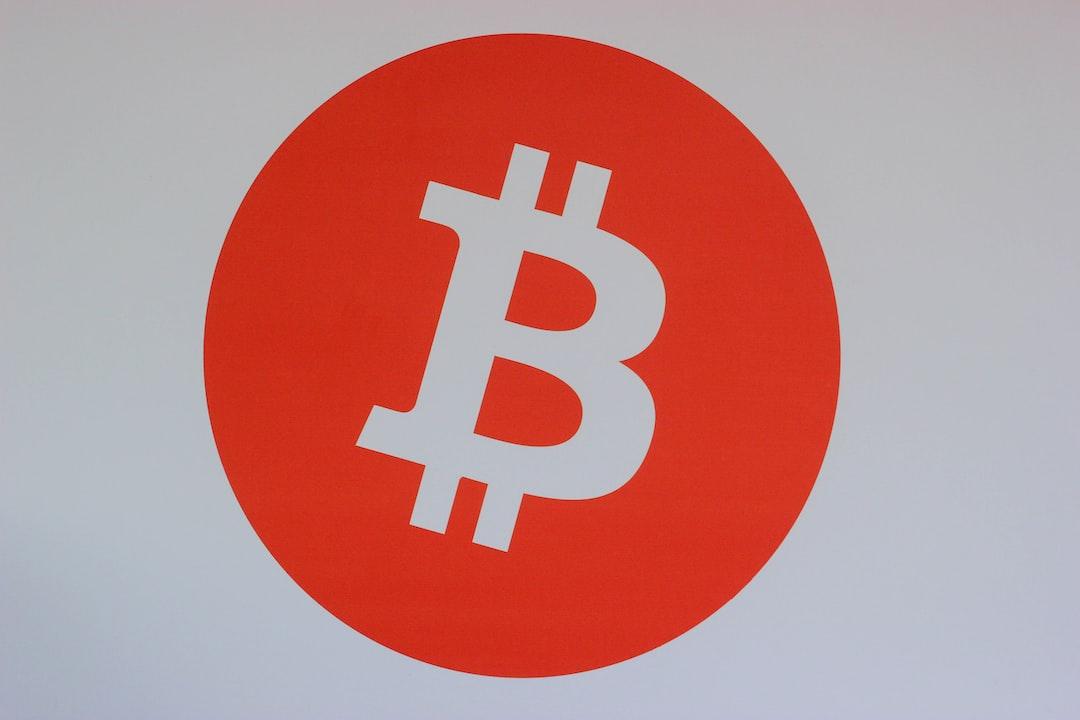
Ethereum and BNB Chain were most affected, accounting for approximately 28% of total security incidents each. Solana was involved in about 8% of incidents, with the remaining 36% occurring on other chains, including Polygon and Arbitrum.
While access control issues represented only 23% of all incidents, they led to 75% of financial losses. The “Other” category accounted for 36% of total incidents, resulting in approximately 15% of total losses. Flash loan attacks and rug pulls each accounted for about 13% of incidents, with each incident causing about 1% of total losses. Phishing accounted for only 3% of incidents, resulting in 0.4% of total losses. This distribution underscores that while access control issues may not be as frequent, their financial impact is significantly greater.
Top 5 Hacker Attacks and Vulnerabilities
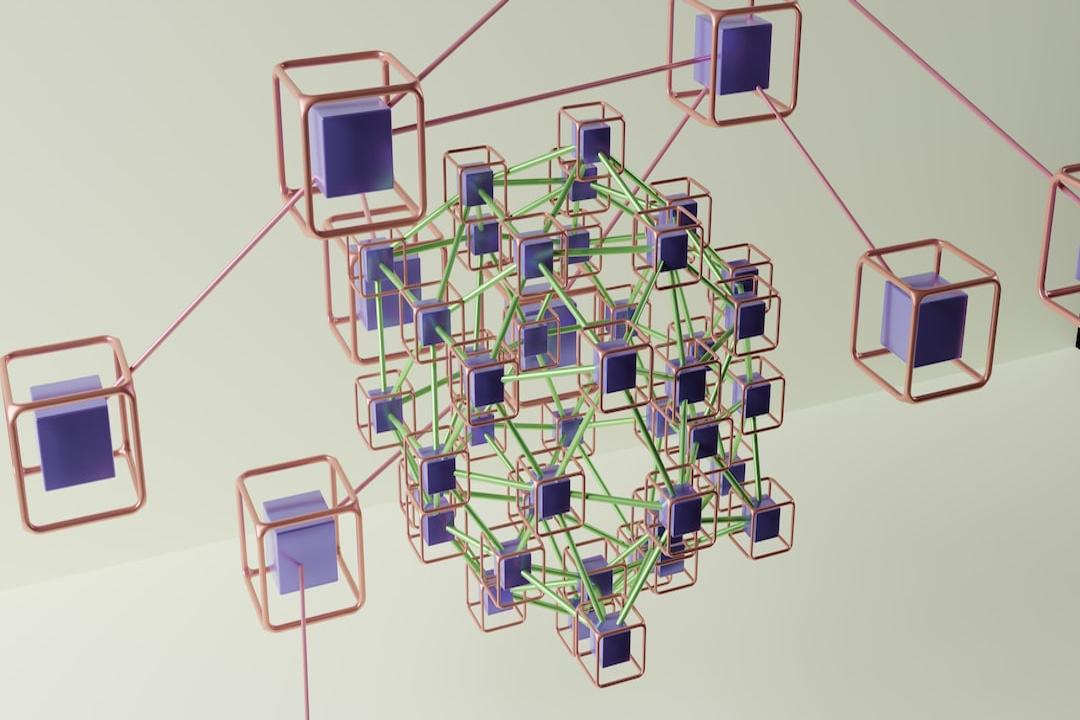
DMM Bitcoin Hack: The centralized Japanese exchange DMM Bitcoin lost $305 million in a theft on May 31.
Gala Games Incident: Hackers exploited access control vulnerabilities in the GALA token contract, minting 5 billion GALA tokens and selling 592 million tokens at an ETH price of $2180, causing a 20% price drop.
Lykke Exchange Vulnerability: The centralized Swiss exchange Lykke suspended withdrawal operations after losing over $22 million in a security breach.
Sonne Finance Vulnerability: The Sonne Finance protocol on the OP chain suffered multiple flash loan attacks, resulting in approximately $20 million in losses.
Holograph Hack: The NFT protocol Holograph experienced a $14.4 million hacker attack, where a former developer exploited a smart contract vulnerability to mint 1 billion HLG tokens.
It is clear that the Web3 industry must adopt robust security practices across different blockchain platforms. This includes addressing access control vulnerabilities, monitoring various threats, and educating users on security practices to mitigate future incidents.
5. Conclusion
The bullish trend in the Web3 industry continues to thrive, with significant growth in Unique Active Wallets, NFT transaction volume, and notable innovations in DeFi and other sectors. The rise of L2 solutions will undoubtedly continue, with more blockchains being launched to enhance scalability and reduce transaction costs.
As a critical component of the Web3 ecosystem, meme coins will continue to be a prominent trend, maintaining their significant influence and market share. SocialFi will also play a crucial role, offering alternative solutions to existing platforms like Facebook and Instagram, as users seek new social network experiences in the decentralized world.
The current trend of airdrop mining has led to a surge in UAWs, but this growth may not be sustainable. To ensure long-term retention of users post-airdrop, the focus must be on providing smooth user experiences, robust roadmaps, and strong development teams.
Despite ongoing security challenges, the industry’s momentum remains strong, driven by continued enthusiasm and further development potential.
This article is a collaborative reprint from:
PANews

